A Week in the Bush Vol. 548
on May 14, 2025Since gaining independence, sightings of Kurhula and Mgiba have become increasingly scarce as they begin navigating life on their own. Recently, however, Kurhula made a welcome appearance - this time with an impala kill in tow. Initially, she showed little interest in feeding, choosing instead to rest in the branches of a nearby tree, keeping a watchful eye over her prize. As the afternoon light faded and the golden hues of sunset set in, she descended to feed. The soft sounds of crunching bone mingled with the distant rumble of elephants feeding nearby, creating a quintessential African evening.
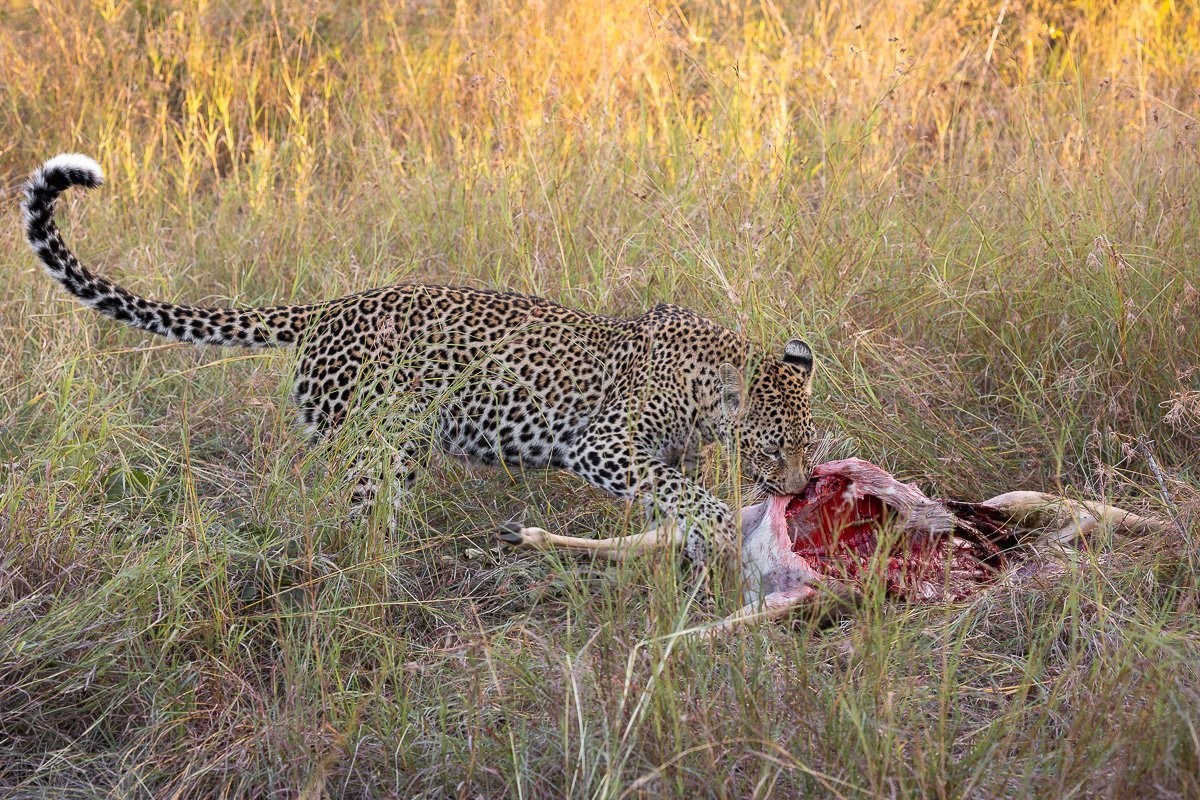


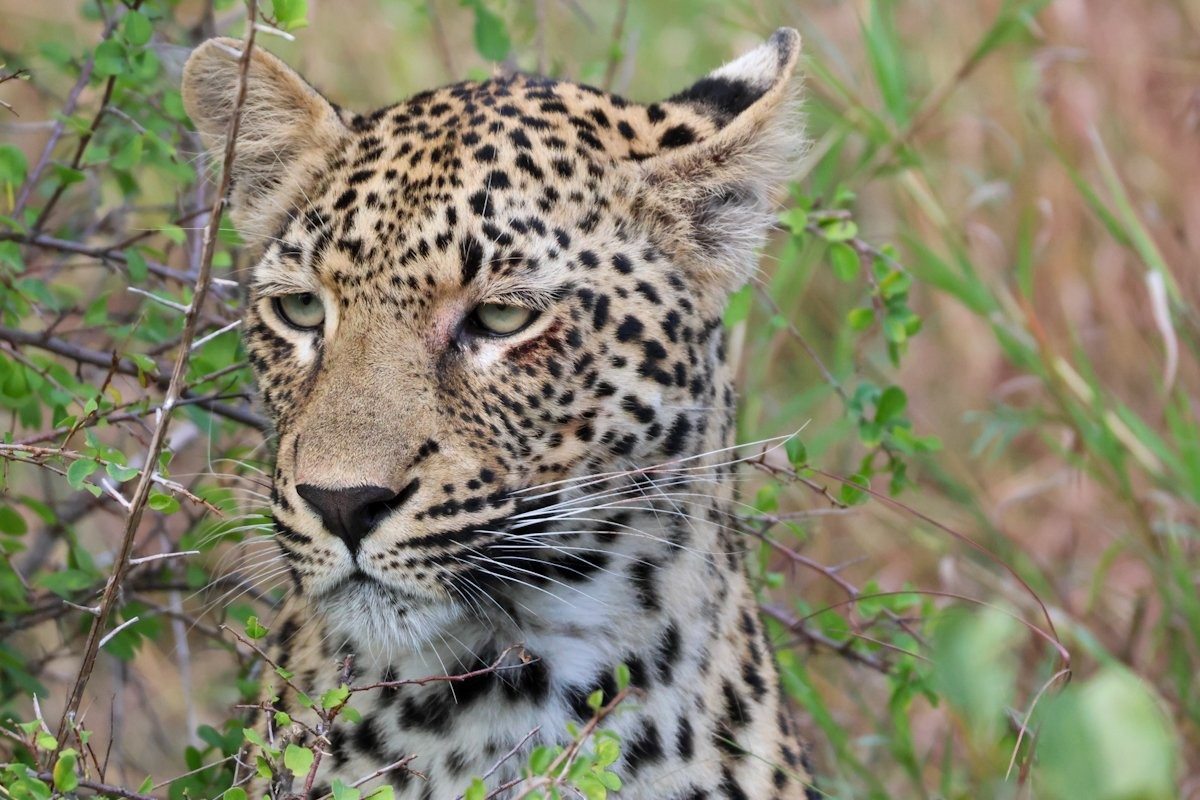


After hearing reports of a male leopard sighting during the morning safari, our curiosity was piqued. We soon arrived to find the Nambu male - an impressively large and powerfully built young leopard, especially remarkable given his age. He spent much of the morning resting in the same area where he was first spotted, occasionally shifting positions but largely remaining at ease.


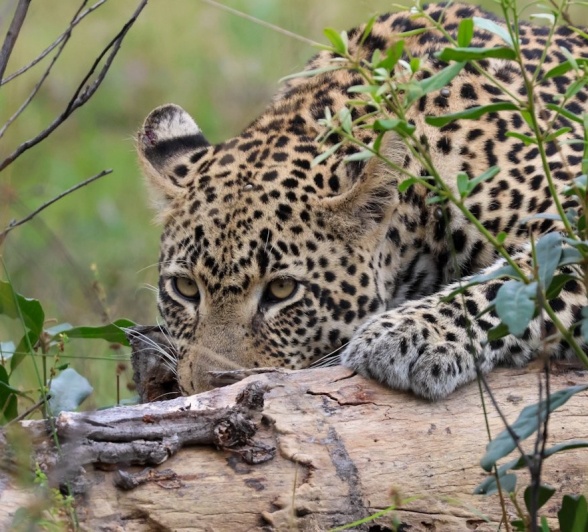

We discovered the tracks of a male leopard leading away from a small waterhole and into the bush. Deciding to follow on foot, we soon heard the distinctive growl of a leopard hidden somewhere in the tall grass, though we couldn’t see him. We returned to the vehicle and drove into the area, eventually locating the Mawelawela male feeding on a male impala he had recently brought down. Unfazed by our presence, he continued feeding calmly. Later, we left him resting beside his kill—his full belly a sign of a successful hunt—as he guarded the carcass, prepared to hoist it into a tree if hyenas approached.

We were fortunate to locate Golonyi and her cub shortly after she had successfully brought down an impala early in the morning. As we approached, Golonyi was already feasting, while her cub played nearby, energetically tossing around one of the impala’s legs like a prized toy. Leopard cubs are naturally full of energy, and without siblings to spar with, they often turn to whatever they can find - be it a stick, a leaf, or in this case, part of the kill.
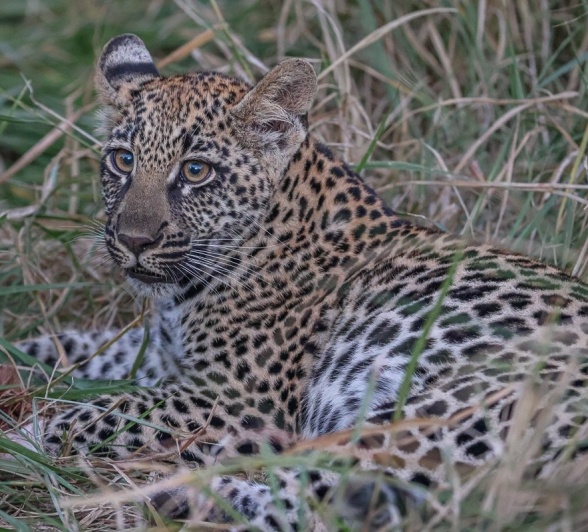
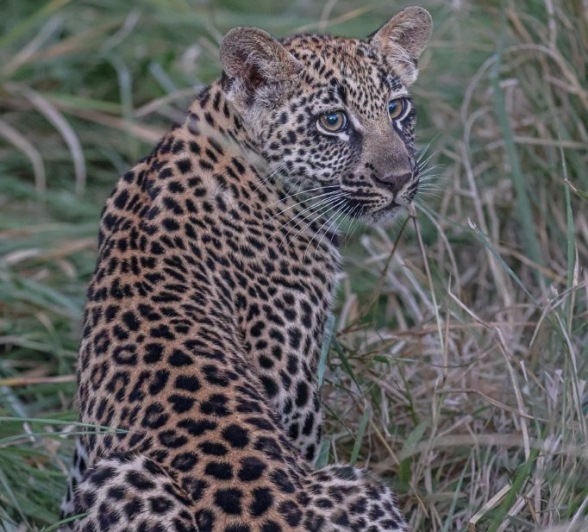
The Msuthlu Pride has been a regular presence in our area lately, often accompanied by one of the Gijima males. They’ve spent much of their time resting near the Selati Camp, only becoming active as night falls. As darkness sets in, we’ve followed them on several hunting attempts—frequent chases, but so far, without success.
Known as the kings of the savannah, lions play a vital role in sustaining their pride, especially when it comes to feeding the young. The females are the primary hunters, often working through the night to bring down anything from small game to large prey, ensuring the pride is well-fed and thriving.

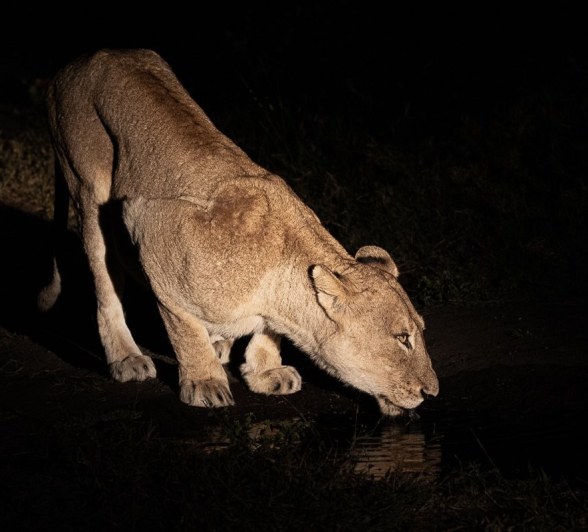
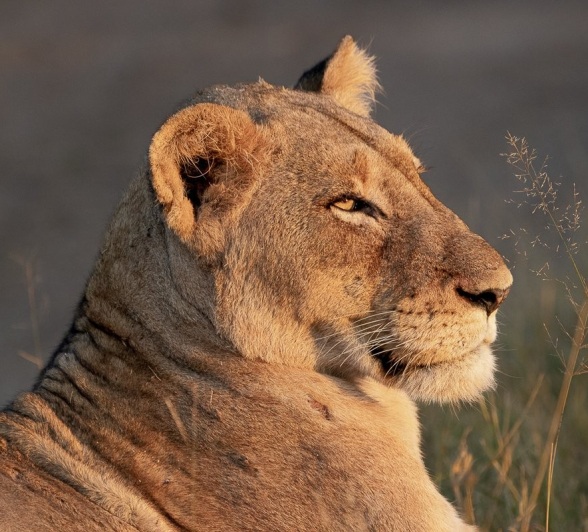


We followed up on the Southern Pride, having seen them the previous night as they unsuccessfully attempted to bring down a buffalo. After a brief tracking session, we located six members of the pride resting in an open area, basking in the morning sun. As we moved on, we came across the remaining four lionesses, making their way back toward the younger members. This pride still occasionally leaves the youngest lions behind during hunts, particularly when targeting dangerous prey like buffalo, as the youngsters are still inexperienced, and the adults do not want to take unnecessary risks.
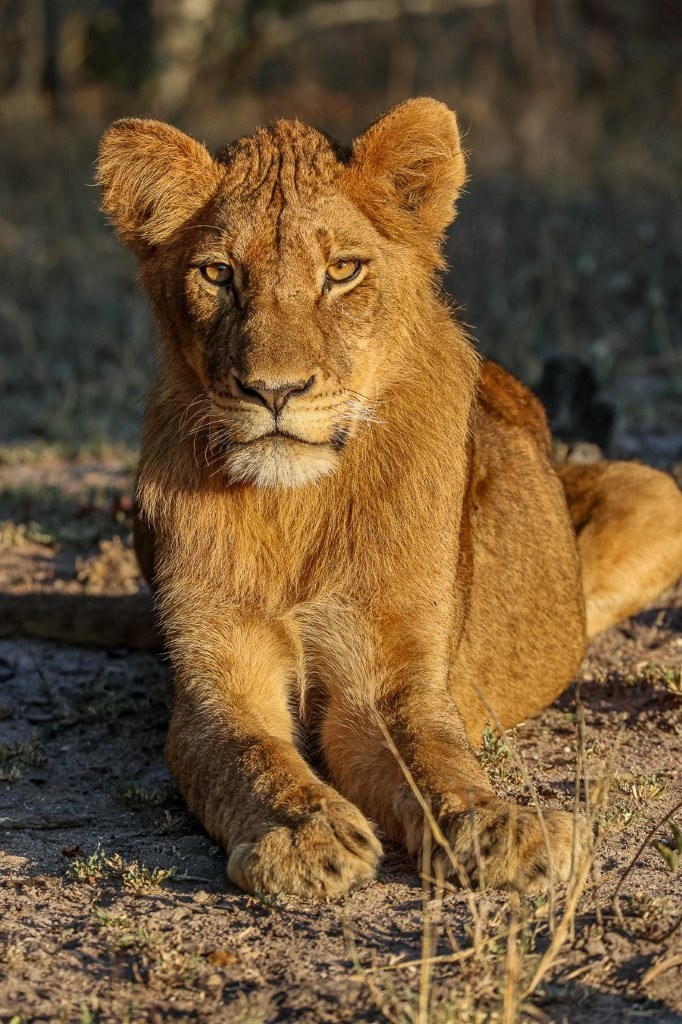

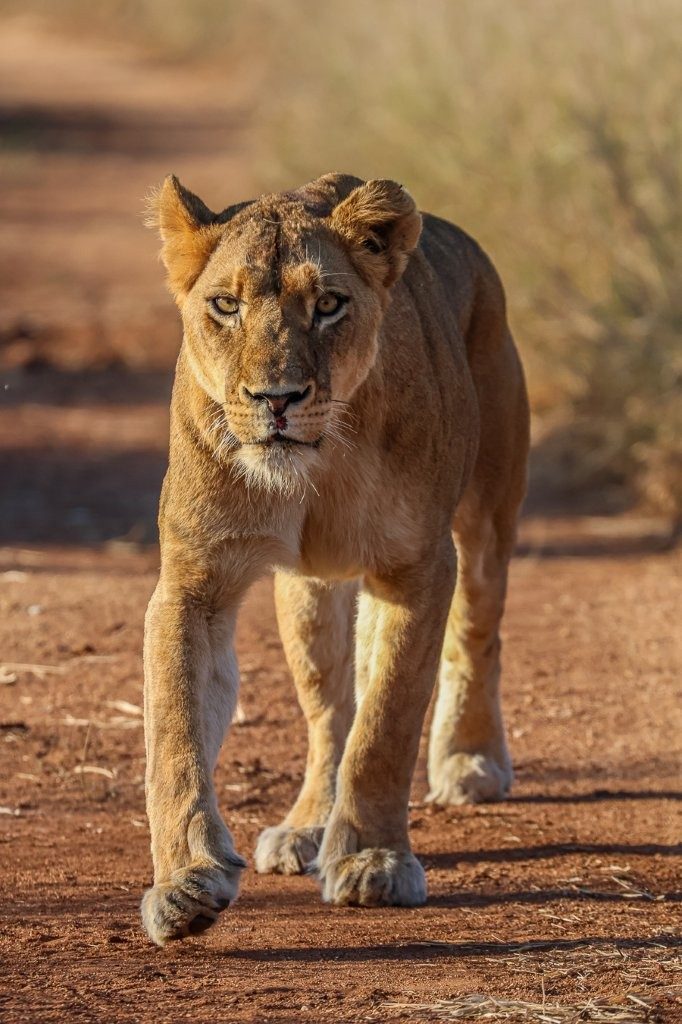
We found the Southern Pride near our private airstrip, patiently waiting for the sun to rise and warm their bodies. They have been trailing a large herd of buffalo, but so far, their efforts have been unsuccessful. Although they managed to bring down a warthog the previous day, it was not nearly enough to feed the entire pride. They will continue searching for a larger, more sustainable meal. Lions are highly opportunistic hunters and will seize any chance to take down prey, even smaller animals that serve as mere appetisers—but their focus remains on securing something substantial to sustain the whole group.
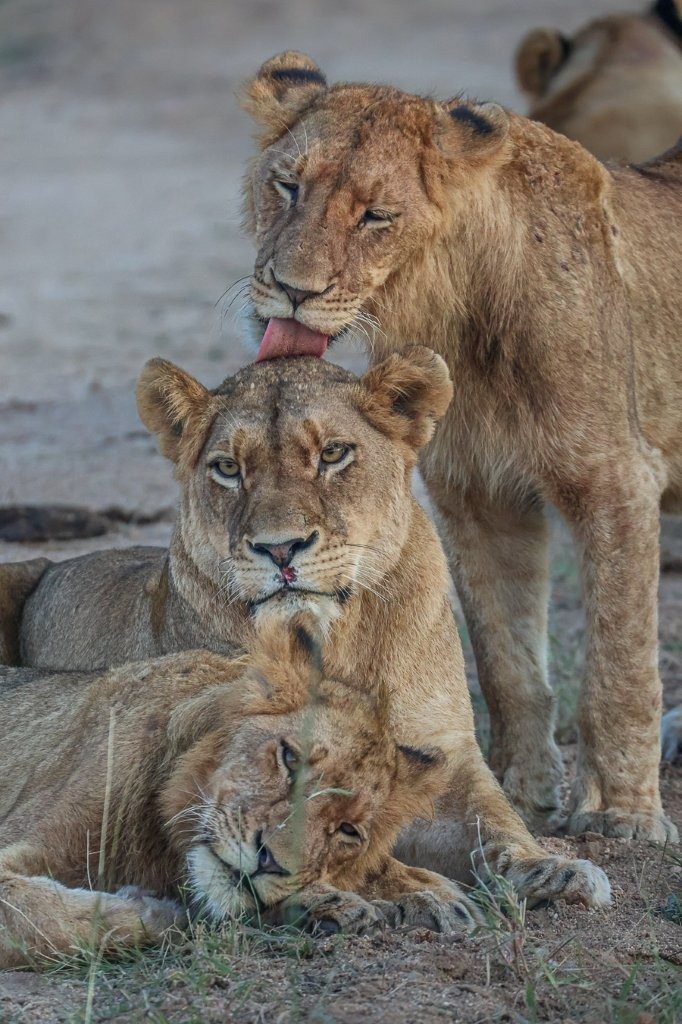

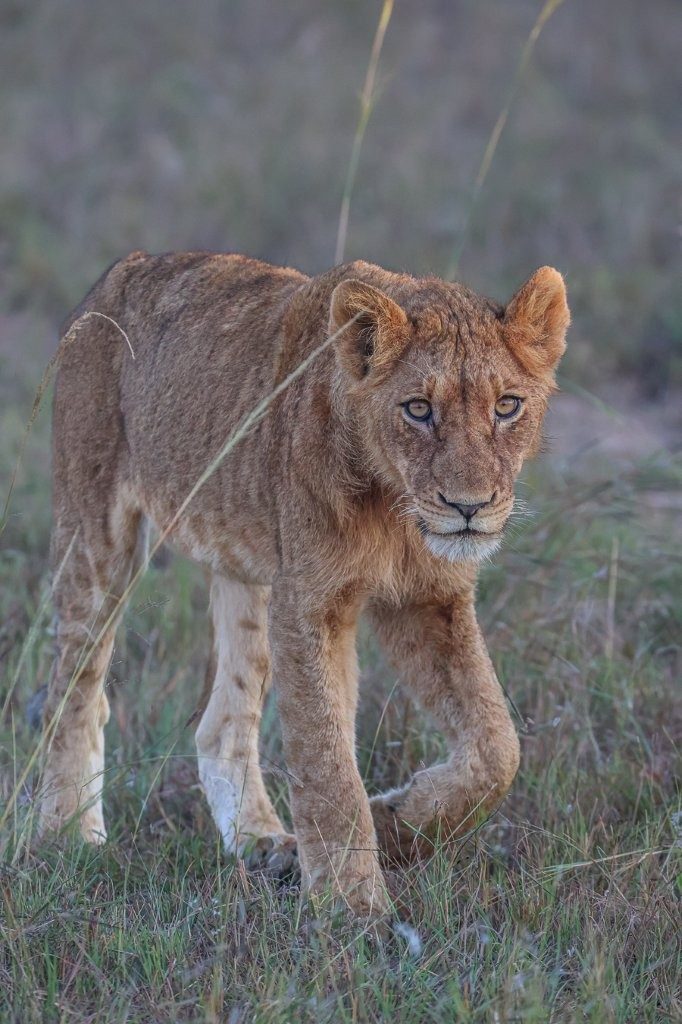
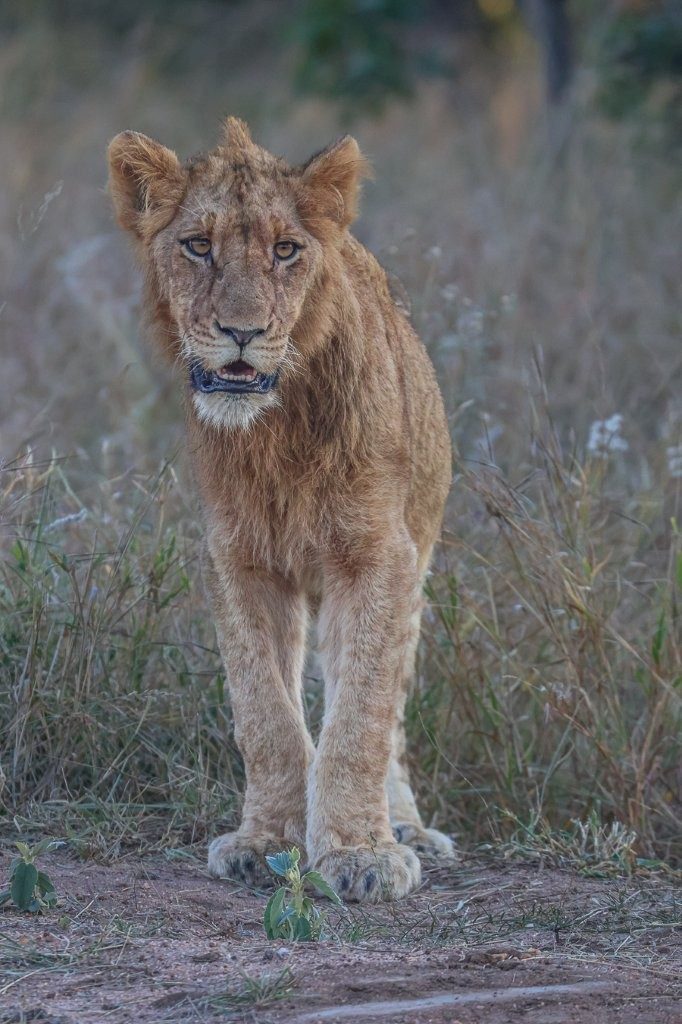
This Yellow-billed oxpecker was enjoying the morning sun and snacking on the back of a big white rhino bull. These oxpeckers are usually seen on larger mammals like buffalo and rhinos, whereas the Red-billed oxpeckers are usually found on smaller antelopes. Both species have the same diet and feed primarily on ticks and other parasites.

Our visit to a hyena den was met with great excitement as we confirmed the presence of five cubs. The mother brought three of the youngest out into the open, where they nursed before turning their attention to us with wide-eyed curiosity, although always keeping a watchful eye on her and staying close. At this age, young hyenas are extremely vulnerable; they cannot defend themselves and rely entirely on the protection of the adults, especially during the day when the clan gathers around the den site.
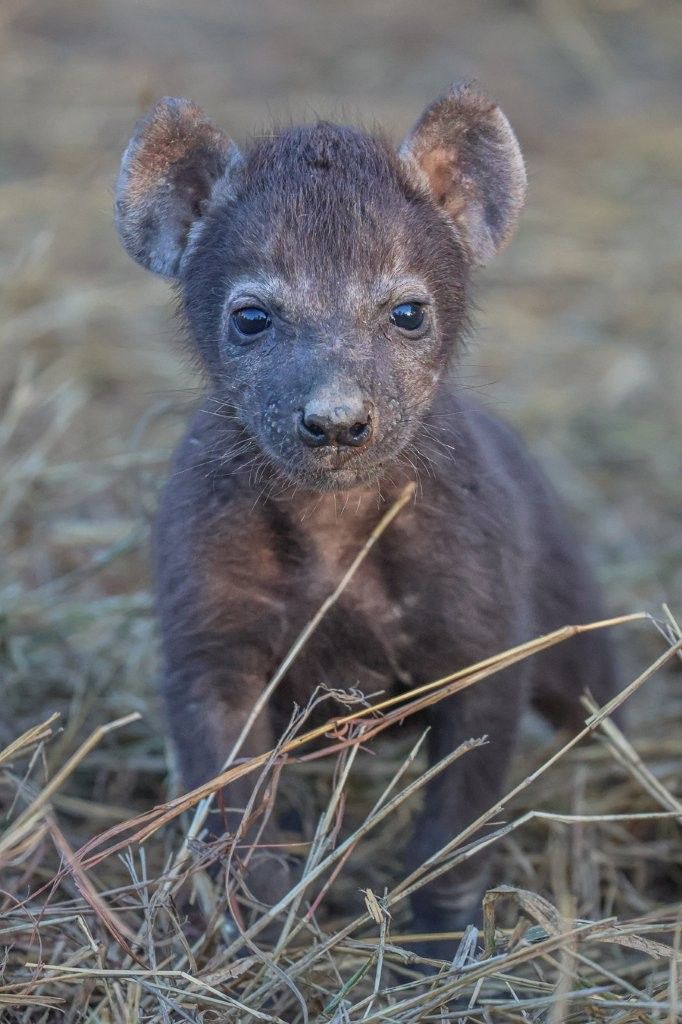
As we approached one of the dams on our reserve, we were thrilled to spot a male hippo wallowing in the water. He treated us to an impressive display, stretching his jaws wide in a dramatic yawn that revealed his formidable teeth. Hippos often perform this gesture when they sense a potential threat or encounter something unfamiliar.
The exaggerated yawn serves as a warning, showcasing their powerful jaws and sharp tusks—a truly awe-inspiring sight. Despite this intimidating behaviour, hippos are herbivores. They typically remain in the safety of the water during the day, emerging only under the cover of darkness to graze on grasses.
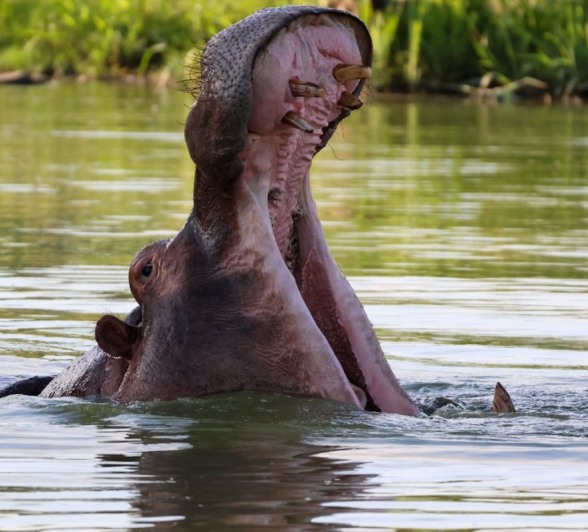
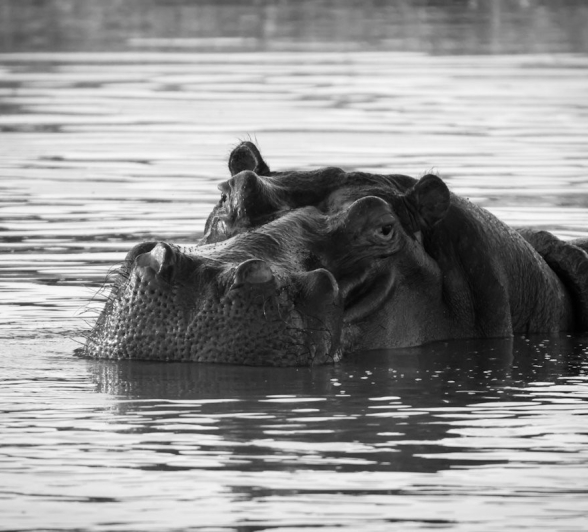
We were absolutely amazed to come across this magnificent male elephant with enormous tusks during our safari. He approached us slowly and gracefully, pausing to put on a brief but captivating display with his trunk. Witnessing such a powerful and majestic creature up close was an unforgettable experience.

As we returned to Earth Lodge after our afternoon safari, a young hyena approached to inspect our vehicle. Juvenile hyenas are naturally curious and often investigate unfamiliar objects in their environment as part of their learning and development.

This female Saddle-billed Stork was foraging along the water's edge in search of small fish or frogs. Typically seen in monogamous pairs, these striking birds are increasingly observed alone due to a significant decline in their population, primarily caused by habitat loss and degradation.
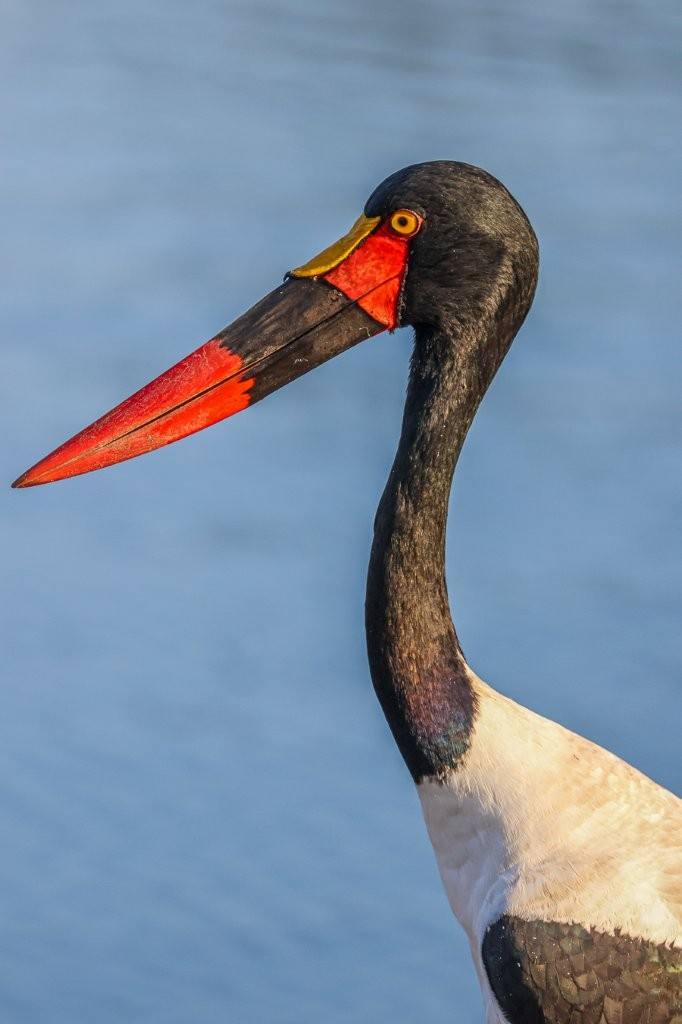
This large buffalo bull was closely monitoring our presence as a substantial breeding herd moved past. In the African buffalo social structure, dominant bulls often take on the role of protectors, staying on the periphery of the group to defend females and calves from potential threats, including predators.
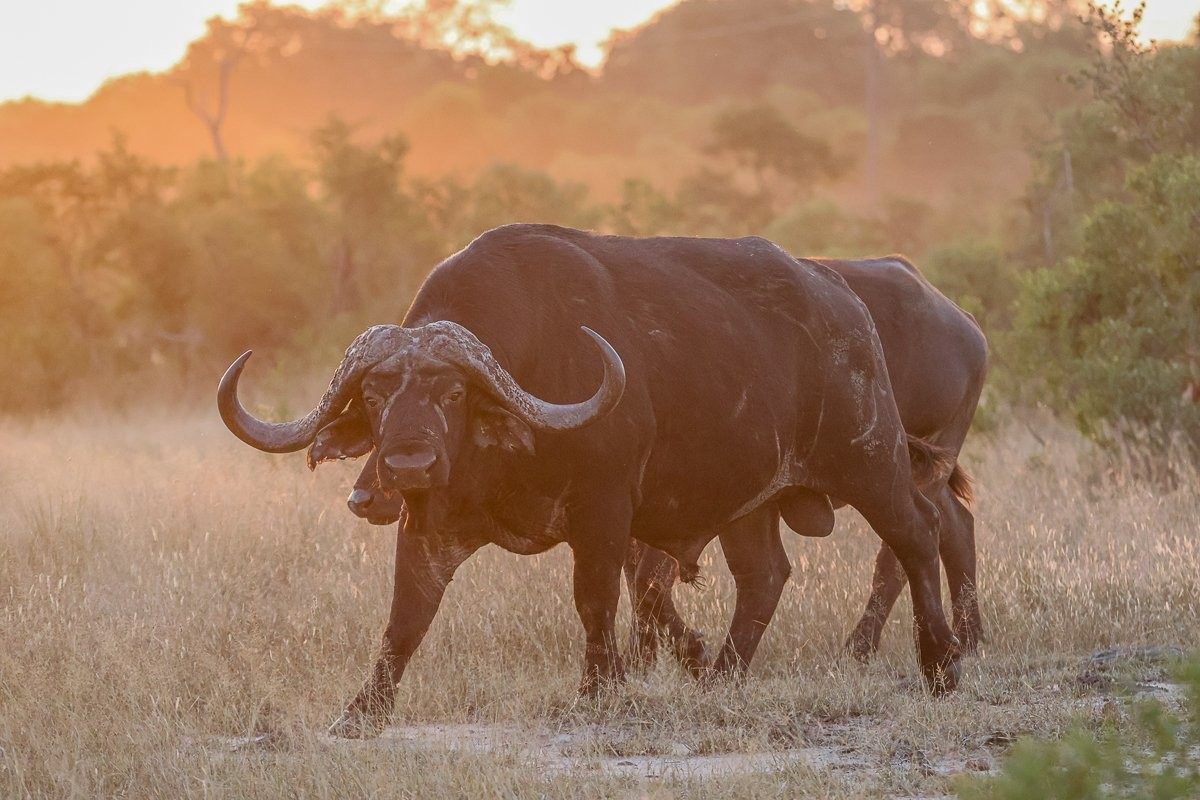
Until next time…

Blog by Wendy Claase
Images by Benjamin Loon, Jan Nel, JP van Rooyen, Ronald Mutero and Ruan Mey







